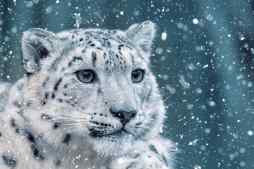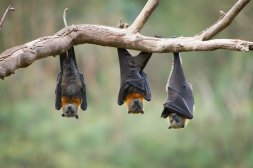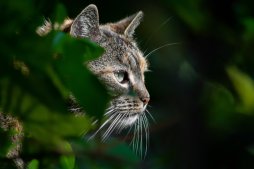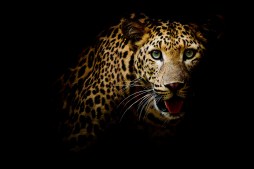From Predators to Protectors: How Wolves Revived Yellowstone’s Natural Habitat
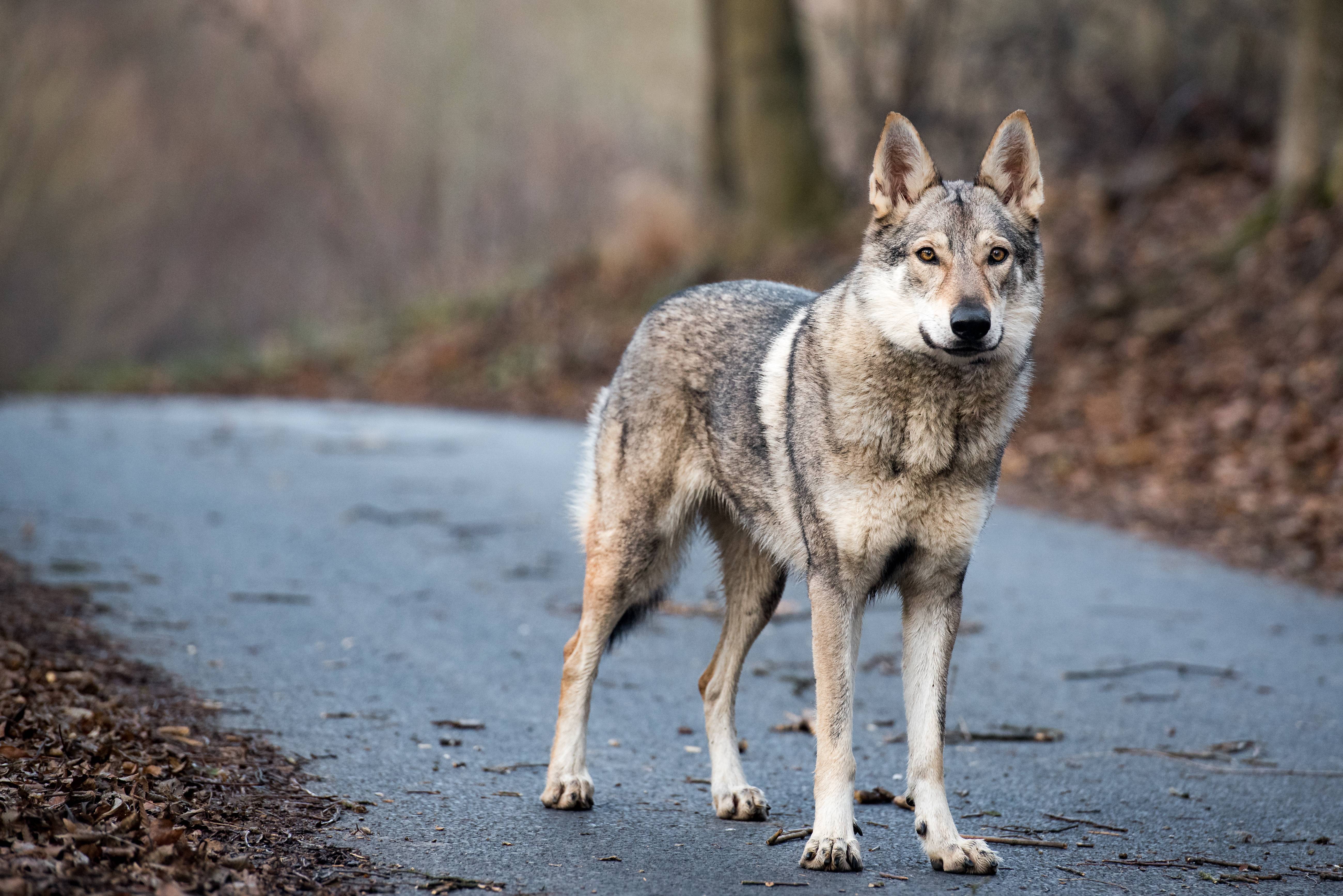
Wolves, once eradicated from Yellowstone National Park, have played a remarkable role in restoring the balance of this iconic ecosystem. Their reintroduction in the mid-1990s has been a pivotal moment in conservation history, demonstrating how apex predators influence environmental health and biodiversity.
The History of Wolves in Yellowstone
Wolves were eradicated from Yellowstone by the 1920s due to predator control programs aimed at protecting livestock. For decades, their absence led to significant ecological changes as prey populations like elk grew unchecked. This imbalance affected vegetation and other wildlife species, highlighting the complex interdependencies within ecosystems.
Reintroduction of Wolves and Ecological Impact
In 1995 and 1996, wolves were reintroduced to Yellowstone with the goal of restoring natural predator-prey dynamics. Their presence curbed elk overpopulation through predation and altered elk behavior, reducing overgrazing especially near riverbanks and sensitive vegetation areas. This change allowed native flora to recover and thrive.
Trophic Cascade Effects Triggered by Wolves
The reintroduction triggered a trophic cascade—a chain reaction affecting multiple levels of the ecosystem. With wolves controlling elk numbers and movements, willow and aspen trees regenerated along streams providing habitat for beavers, birds, and fish. Beavers built dams that created wetlands benefiting amphibians and aquatic species.
Benefits Beyond Vegetation Restoration
Beyond plant recovery, wolves helped improve biodiversity by supporting various animal populations. Predatory pressure on coyotes reduced their numbers, which allowed smaller mammals like rabbits and rodents to flourish. Scavengers such as ravens and eagles benefited from wolf kills providing food resources throughout the year.
Lessons Learned for Conservation Efforts
Yellowstone’s experience shows how apex predators are vital for ecosystem health. It emphasizes holistic approaches in conservation that recognize interlinked species relationships rather than focusing on single-species management. The success story encourages similar efforts worldwide aiming for balanced natural habitats through predator restoration.
The revival of Yellowstone’s natural habitat thanks to wolves exemplifies nature’s intricate balance where every species plays an essential role. Understanding these dynamics helps us appreciate predators not just as threats but as protectors sustaining vibrant ecosystems.
This text was generated using a large language model, and select text has been reviewed and moderated for purposes such as readability.
